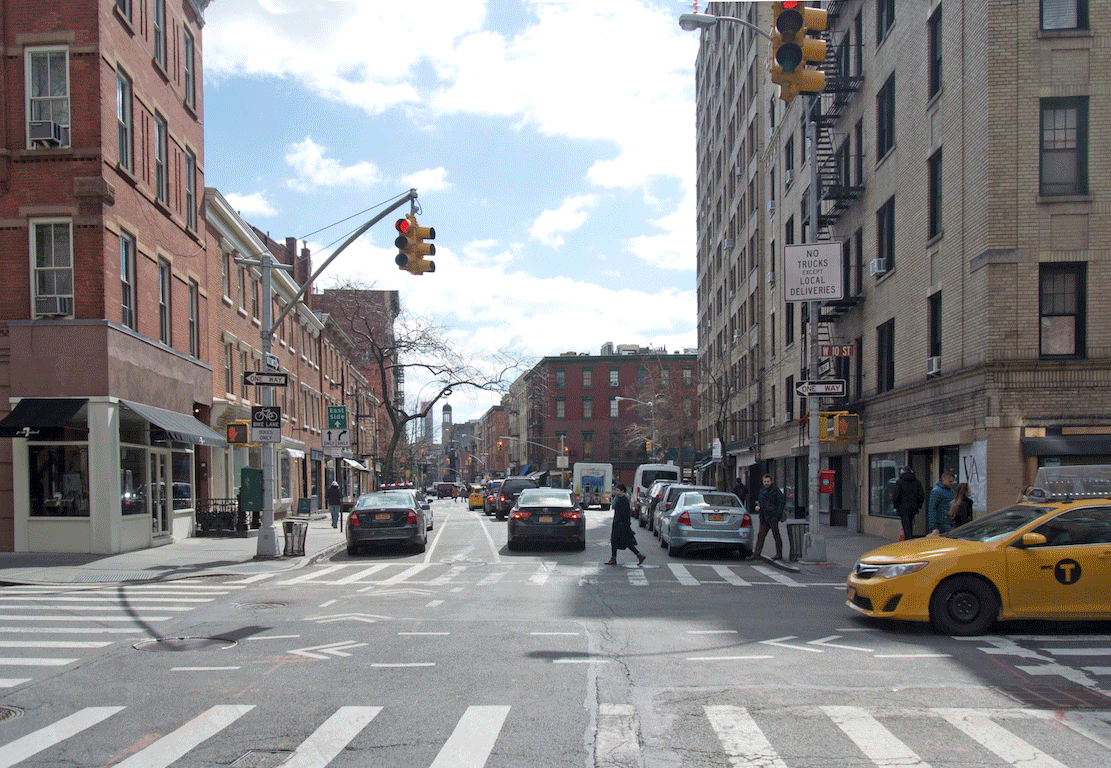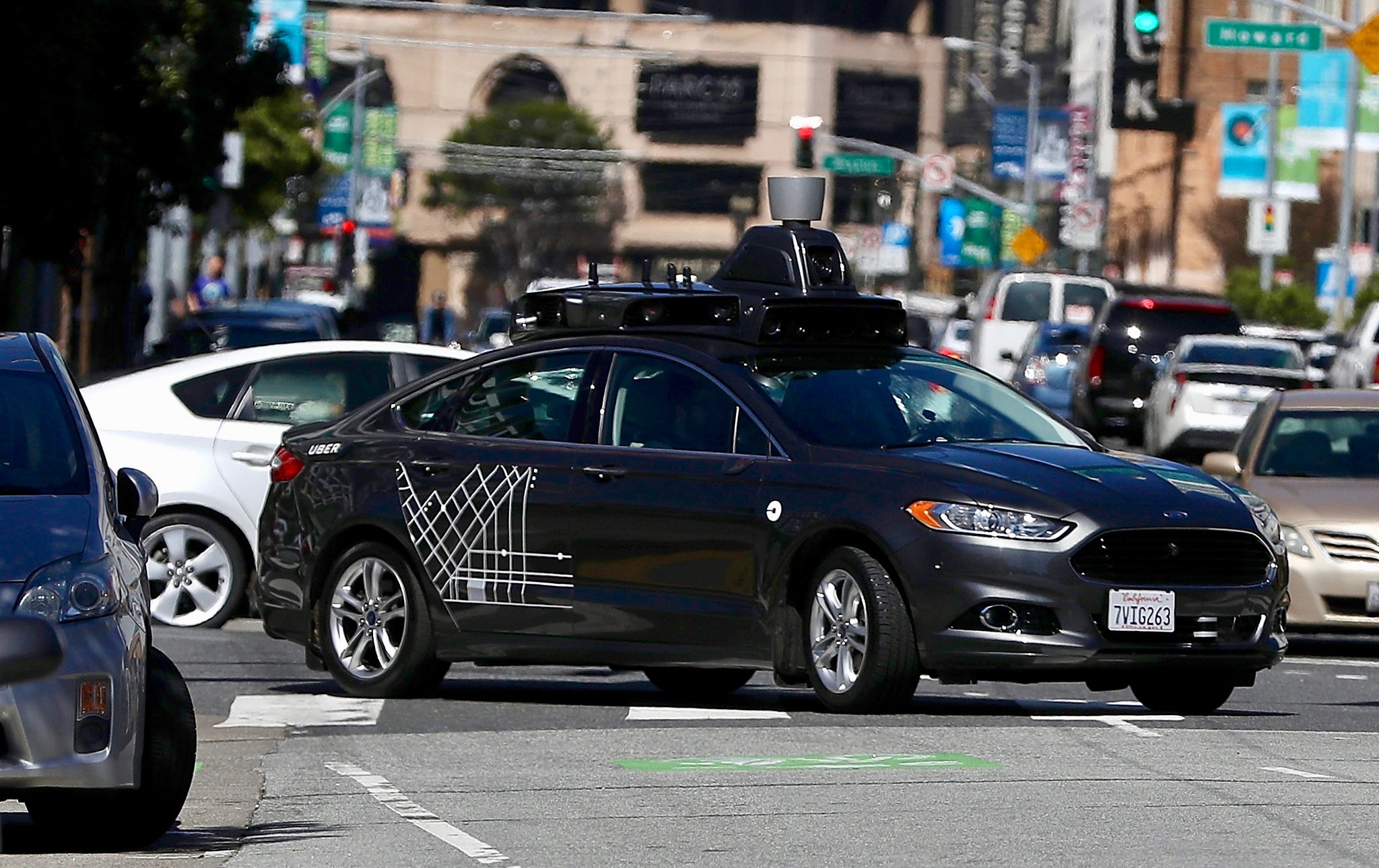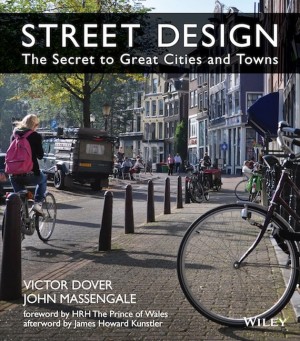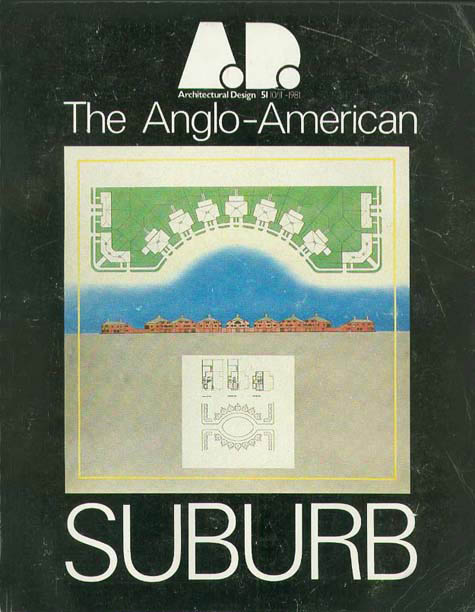“What if we treated historic districts historically, making the cars accommodate the city, rather than the other way around?”
Tales From My Privileged Youth
 I WAS LUCKY. I was sitting around with friends during the spring term of my senior year in college. “I want to go to Europe,” I said. “How can I get a job there?”
I WAS LUCKY. I was sitting around with friends during the spring term of my senior year in college. “I want to go to Europe,” I said. “How can I get a job there?”
“Call Franco at the Red Garter in Florence,” a friend called out. “He’ll give you a job.” And he was right. Continue reading
Crain’s New York: Change the Streets & Change the City
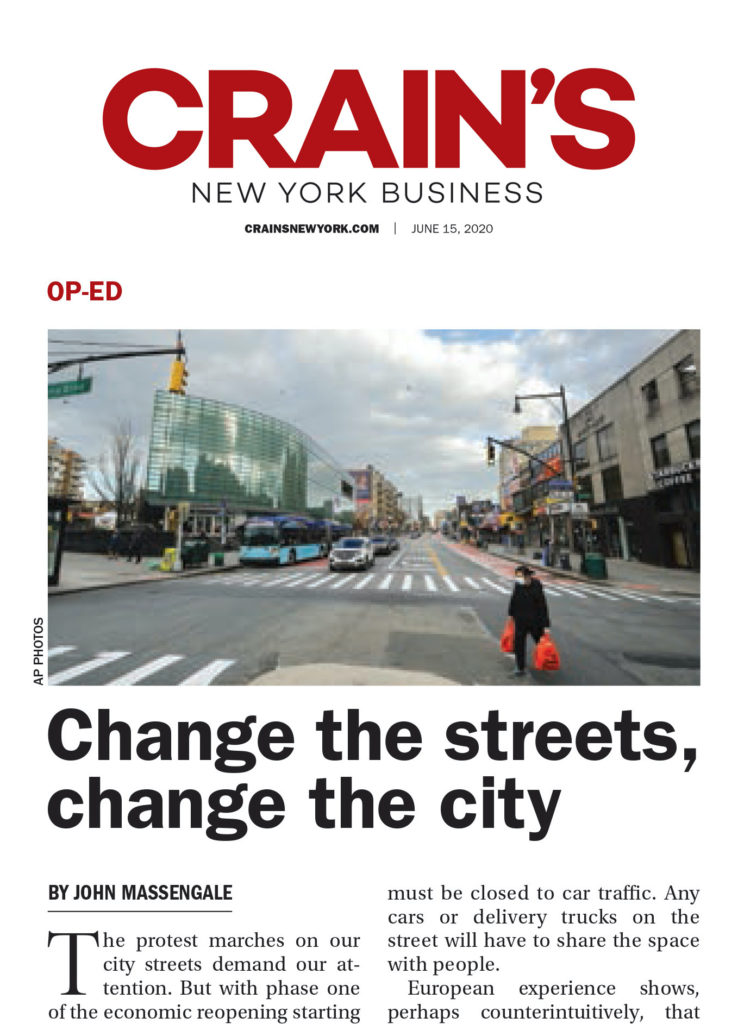
My op-ed in Crain’s New York is in the magazine this week and has been online for more than a week. The online version is longer than the print version but is behind a paywall. You can buy access to both the magazine and the online articles for 8 weeks for $7. The print version of the op-ed is in a PDF (scroll down), and the full text is here:
The protest marches on our city streets demand our attention. But with Phase 1 of the Coronavirus Reopening starting today, we still need to think about how to use those public spaces to survive the fallout from the most widespread health crisis of our time. If we don’t pay attention now, it may be too late.
Even before the reopening, there were twice as many people driving into Manhattan as we saw at the lowest point in April. But when asked how we can prevent cars from coming back in higher numbers than ever in the next few weeks, Mayor de Blasio said New Yorkers will have to “improvise” how they get to work.
“I really want to push back on the notion that we can solve everything all the time,” de Blasio said.
That’s not good enough. Here’s a three-part plan for Open Streets that can help reopen and renew New York City.
My Recent Op-Eds
New York Times
New York Daily News (print)
Crain’s New York Business (print)
Streetsblog NYC
City Limits
Many others in local papers and publications like the Berkshire Record and The Patent Trader. For a complete list, click here.
“I feel like it’s 1968,” says every reporter on CNN and MSNBC watching the protest marches.
In another, less grave context, I wrote about one of my favorite Harvard professors, who back in the 1980s talked about what he thought were connections between the 1960s and the 21st century (see below). Today, like the reporters on CNN and MSNBC, I watch the demonstrations and sometimes feel like we’re back in 1968, when black Americans rioted in cities across the country.
There were other riots and marches that year too. Students famously rioted in Paris, almost bringing down the French government. Czechs marched for “socialism with a human face” during the Prague Spring, until Russian troops rolled into the city with tanks and crushed the demonstrators. American students protesting Vietnam fought Chicago police outside the Democratic convention. One year later, the Stonewall Riots in Greenwich Village were the beginning of Gay Pride and Gay Liberation in America.
#OpenBrooklynBridge
#OpenStreets + #CarFreeBroolynBridge = #OpenBrooklynBridge
Simple back-of-the-envelope calculations suggest that within one year motor vehicle traffic would decrease by 100%, bicycle traffic would increase more than 1100%, and there would be twice as many pedestrians as on the High Line.
Download the Car Free Brooklyn Bridge PDF
After Move NY Comes Slow NY
My Streetsblog Op-Ed: If Not Now, When? Changing the Car Culture
“We worked for years to reduce car use. If everybody drives a car, there is no space for people, there is no space to move, there is no space for commercial activities outside the shops.” ~ Milan deputy mayor Marco Granelli
In normal times, we have too many cars moving around New York City. Why? Because we spend billions of dollars on roads and highways that encourage people to drive. Milan, Brussels, and Paris are all using Open Street experiments during the pandemic to permanently change the driving culture in their cities. Let’s not waste this once-in-a-lifetime opportunity, New York.
Read the rest of the op-ed at Streetsblog.
Quiet Streets – Making Lemonade from Lemons
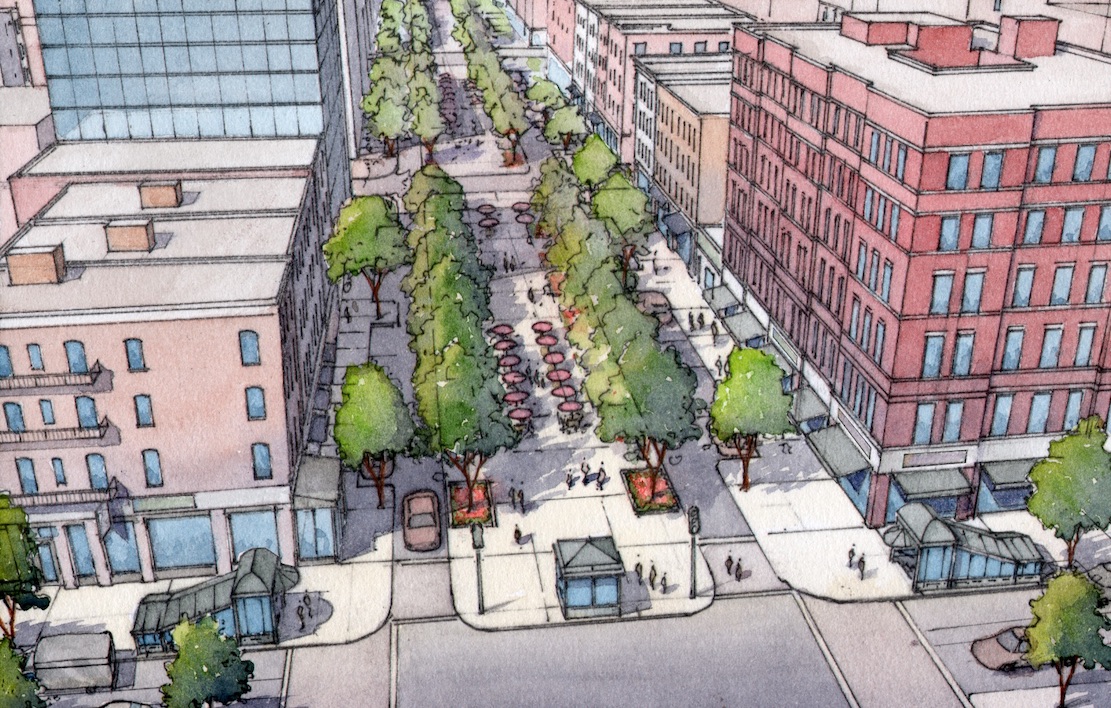
Gov. Andrew Cuomo and City Council Speaker Corey Johnson called for making New York City streets safer for pedestrians and social distancing while we all stay close to home. Mayor de Blasio responded with a program to open more space for pedestrians on one street per borough.
We can do more. We should use this time when traffic is light to work on ideas for safer, quieter, and more pleasant streets for pedestrians and cyclists now and in the future. During this COVID-19 crisis, we can implement ideas that are great for the long-term health of the city. Specifically, let’s make some of our quiet side-streets primarily for cyclists and walkers.
Quiet Streets (continue reading at Streetsblog)
More Photos at Slow New York
Download a PDF
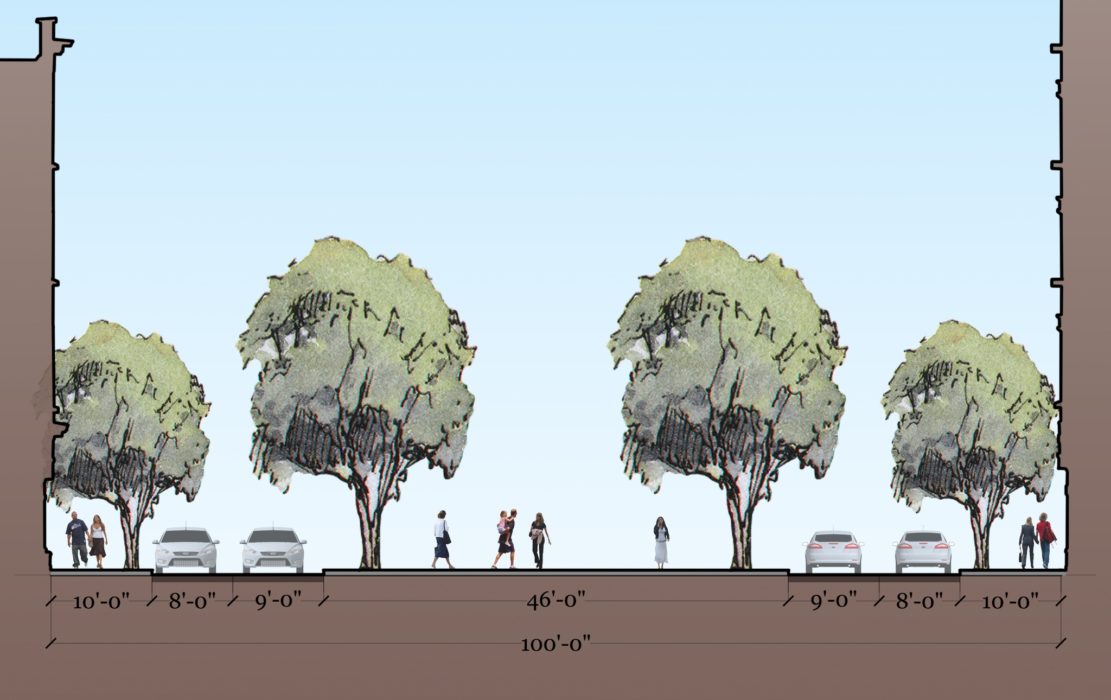
Voodoo Urbanism & Trickle-Down Housing
In process…
A Chicane Is Not A Shared Space Place

A space is only a place if people want to be there. The chicane shown above is for traffic calming, not placemaking. Putting that another way, it’s a product of traffic engineering, not a piece of urban design.
I understand this design is a step towards something better, which is slower, safer streets in New York City. I support that, but there’s no reason it can’t be a better place for people than it is. This is supposed to be a shared-space street, and there are better ways to get to that goal.
We know from social science and neuroscience studies that both our conscious and unconscious thoughts gravitate to beauty and seek to avoid ugliness. Our conscious minds might think the “flexible delineator posts” make sense and don’t look too bad, but our unconscious self is repelled. It sees the cheap plastic sticks and other cues that mark the space as a place for machines, and it knows that’s a dangerous place for humans.
The easiest way to make a place for people on a straight street is to line everything up: the buildings, the sidewalks, the trees, the roadway, and even the paint (if there is paint—see below). Continue reading
“We Built This City To Walk And Stroll”
Post Script: You can see the video here.
 Continue reading
Continue reading
Streets for People, or Streets for Profit?
My Op-Ed at City Limits (click to read)
Excerpt:
AVs will be programmed to stop immediately if a pedestrian steps in front of them to cross the street—and we all know that given the opportunity, New Yorkers will do that all day. That would make Manhattan traffic move even more slowly than it does now.
Companies that have invested billions of dollars in self-driving cars will do their best to stop that. There is already talk of facial-recognition software to identify the pedestrian troublemakers interrupting traffic. Pedestrians and motor vehicles will be even more strictly segregated than they are now. This goes against one of the most popular trends in street use today, which is a movement towards what is known as “shared space.”
Alternative titles:
Google, Uber, and the Road Ahead
Big Tech + Big Finance = Organized Motordom 2.0
Coming Soon To A Street Near You
Architecture Is Frozen Music
Imagine the following scenario. There are some problems with it, but you’ll get the point.
The Berlin Philharmonic has the only sheet music for Mozart’s Requiem. One day, a fire destroys the last 10 pages.
Angela Merkel announces that the National Treasure will be restored within 3 years, before the World Music Festival in Berlin in 2023.
The Frankfurter Allgemeine Zeitung proposes that Philip Glass rewrite the ending in a minimalist style appropriate for our time.
Philip Johnson Quote of the Day
Philip [Johnson] was always a perfect gentleman of the old school. But once I saw his wit and grace take an almost grandfatherly form.
It was at the end of a splendid fall day that I had spent with him at New Canaan, reporting an article I was writing for Vanity Fair. My wife and children arrived to pick me up. As he came out of the Glass House to greet them, casting long shadows in the golden, late afternoon sun, my then-four-year-old daughter surveyed the Empyrean scene and its ancient, white, wizard-ish lord.
He welcomed her, and she looked up at him and earnestly asked, “Were you here when the world first started?”
“At last,” he replied, taking her two little hands in his, “someone who ‘understands’ me.”
Told by Kurt Andersen at AIA NY
Seaside, Battery Park City, the State of Our Streets, and New Urbanism
I RECENTLY spent a week in Seaside, where I was once Town Architect. In honor of Seaside, I’m uploading two essays from Street Design, The Secret to Great Cities and Towns. The first is the opening of the chapter on new streets:
Chapter 5, New Streets
TWO VERY DIFFERENT DEVELOPMENTS from the early 1980s are important landmarks in the recent history of urban design and street design. Battery Park City, a ninety-two-acre extension of Manhattan in the Hudson River that was built on landfill from the construction site of the World Trade Center, has office towers, mid-rise and high-rise apartment buildings, and stores. Seaside, Florida, an eighty-acre development on the Florida panhandle, is a resort built in the form of a town. What the two places have in common is that their streets were designed with many of the placemaking principles outlined in this book. Both projects were a radical departure from the conventional practice of the time. The histories of both demonstrate how auto-centric regulations across the country hinder the making of good streets.
It wasn’t that people didn’t understand the principles; by the early 1980s, they had been talked about and praised for at least two decades. Jane Jacobs wrote the enormously popular The Death and Life of Great American Cities in 1961, Bernard Rudofsky published Streets for People1 (also very popular) in 1969, and William H. “Holly” Whyte had been publishing his influential studies of how people use urban space since the late 1960s.2 Despite professional acceptance of the theories, however, most of the sprawl in America was built after the publication of Death and Life. Many planners endorsed these works, but the American Planning Association and its members continued to promote regulations based on an auto-centric separation of uses, with road standards established by the engineering profession’s anti-urban functional Classification system. “The pseudoscience of planning,” Jacobs wrote, “seems almost neurotic in its determination to imitate empiric failure and to ignore empiric success.3 Continue reading
Seaside
I RECENTLY spent a week in Seaside, where I was once Town Architect. In honor of Seaside, I’m uploading two essays from Street Design, The Secret to Great Cities and Towns. The first is a general essay on Seaside and New Urbanism. The second, below, is about the first street in Seaside, Tupelo Street. Tupelo was also the only street when I began my job as Town Architect.
Tupelo and West Grove Streets,
Seaside, Florida
Duany, Plater-Zyberk & Company,
1981–Present
Neighborhood Street
Urbanism takes time. Fifty years might pass before the last streets, parks, or buildings drawn in a master plan are completed. Or, during those fifty years, there might be two new master plans. Most of us involved in urban design will be dead before any of our plans are fully built out.
The Seaside plan was drawn in 1981. When Progressive Architecture visited in 1984, forty buildings had gone up, which is less than 10 percent of the final number.5 As we write this in 2013, there are still a few lots that haven’t been built on, and the downtown is less than half complete. Continue reading

